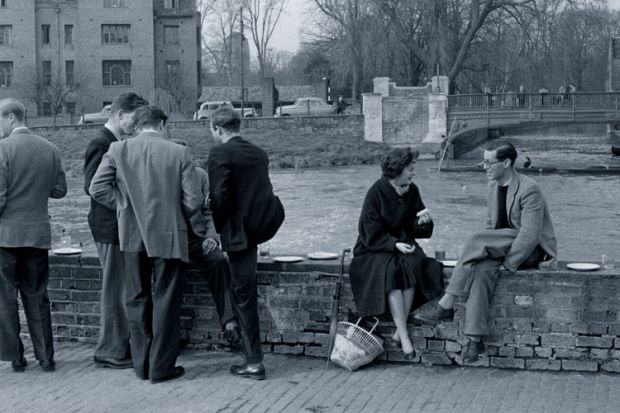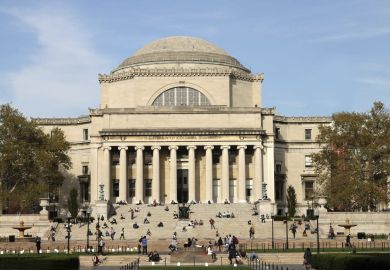Source: Getty
The few: after the war, debate focused on graduate quality not numbers
Politicians are often “wrong-footed by demand” when they try to set goals such as increasing the number of graduates studying science, technology, maths and engineering.
That is the view of the president of the Royal Historical Society, who will this week analyse the strange stop-start rise in participation rates that has transformed British higher education since the war.
In his role at the RHS, Peter Mandler, professor of modern cultural history at the University of Cambridge, is required to deliver four linked annual addresses and to contribute to policy debates on themes such as the teaching of history and the funding of higher education.
He also believes that “the archives of the Ministry of Education are among the most neglected – it’s shocking how little historians and therefore the public know”, leading many to fall back on “myths of golden ages of meritocracy” such as those found in the play and film The History Boys.
To bring all these concerns together, Professor Mandler decided to deliver his presidential lectures on the subject of Britain’s post-war transition to mass education. The second lecture in his Educating the Nation series, which will be given in London on 28 November, will focus on universities.
This starts at the end of the Second World War, at a time when less than 3 per cent of the relevant age cohort went on to university. With the possible exception of the annual Oxford-Cambridge Boat Race, “higher education did not figure prominently in the consciousness either of the nation or even of politicians” (only one inter-war prime minister was university educated). What debate there was focused “not on quantity but on quality – the right kind of graduates rather than the right numbers”, with familiar calls for more graduates in what are now called STEM subjects.
The turning point, Professor Mandler will continue, came with the Robbins report of 1963. This stressed that “demand was to be the prime mover of higher education planning” and assumed that “demand would grow steadily (or perhaps more than steadily) for at least 20 and probably 60 years”.
In the event, the “escalator” took off even faster than Lord Robbins had predicted. Although the broad upward trend has continued, it has been a far from steady progress, and most of the lecture is devoted to “two great mysteries”: why “the Robbins escalator just stopped, dead” around 1972 and “why it started back up again, equally suddenly, almost two decades later”.
Asked about the implications for today and whether he believes that “the Robbins escalator” is likely to continue its ascent, Professor Mandler responds that it is not a historian’s job to guess what the future holds.
What his research suggests, however, is that politicians are also working in the dark: “They’ve been saying we need more STEM students since the 1940s, though there’s been a decline since around 1962…When politicians set goals of this kind, they tend to be wrong-footed by demand – they tend to get things wrong.”
If we want one interesting straw in the wind about likely future demand for higher education, however, Professor Mandler cites “the remarkable statistic that today over 95 per cent of mothers with primary-age children expect their children to go to university”.
Register to continue
Why register?
- Registration is free and only takes a moment
- Once registered, you can read 3 articles a month
- Sign up for our newsletter
Subscribe
Or subscribe for unlimited access to:
- Unlimited access to news, views, insights & reviews
- Digital editions
- Digital access to THE’s university and college rankings analysis
Already registered or a current subscriber? Login





